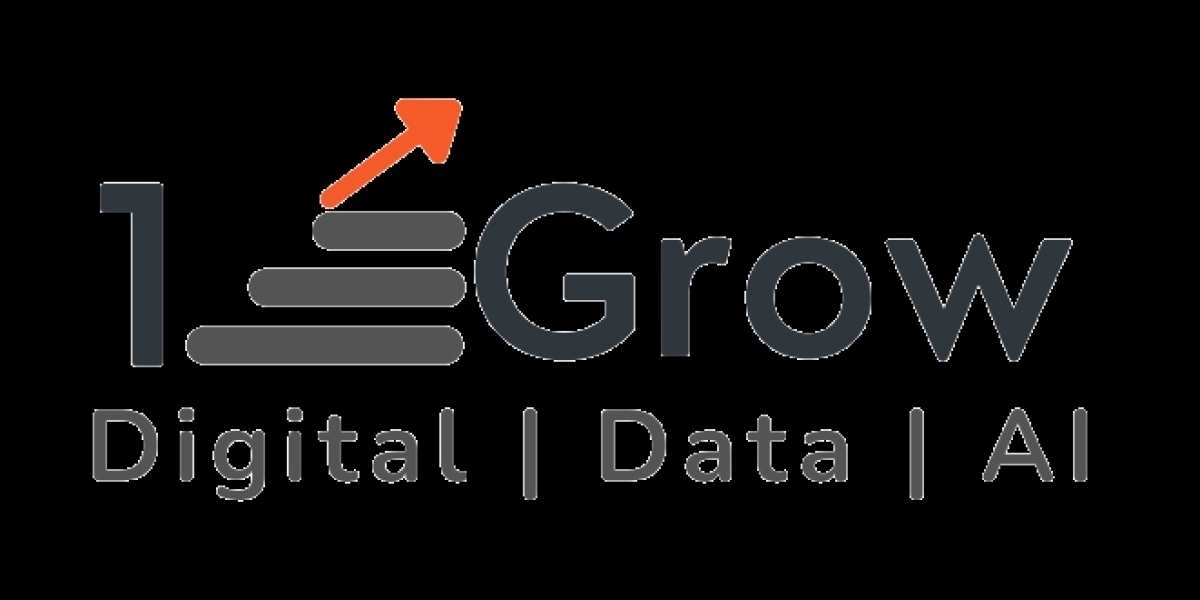All in all, an iterative series of data science processes you take to deliver a project or analysis is known as a data science life cycle. Every single data science life cycle is different since every data science project and team is unique. On the other hand, the majority of data science initiatives follow a similar overall life cycle.
Some data science life cycles concentrate solely on the processes including data, modeling, and assessment. Others are more thorough and begin with business comprehension before moving on to implementation. And the one we'll see has even more features, like operations. It also places a greater emphasis on agility than previous life cycles.
Steps of Data Science Life Cycle
The Data Science Life Cycle that we will be discussing has quite a few steps. They are explained below in detail.
- Problem identification - The most important stage in every Data Science project is the identification of the problem. The first step is to comprehend how Data Science is useful in the area under consideration and to identify pertinent jobs that are helpful for the same. Data scientists and domain specialists are crucial players in identifying problems. A domain specialist is well-versed in the application domain and the specific issue at hand. Data scientists are knowledgeable in their field and may identify issues and suggest potential solutions.
- Business Understanding - Business understanding is the only thing that can be used to determine what a client truly wants. The objectives of the business are determined by the customers, who may desire to make forecasts, increase sales, reduce losses, or optimize a particular process, among other things. In order to comprehend business, two crucial actions are taken:
- KPI (Key Performance Indicator) - Any data science project will include key performance indicators (KPIs), which describe the project's effectiveness or success. The client and the data science project team must come to an understanding on the business-related KPIs and related data science project objectives. The data science project team determines the goals and indicators after developing the business indicators in accordance with the business need. For every data science project, defining the key performance indicators is essential since the cost of the solutions will vary depending on the project's goals.
- SLA (Service Level Agreement) - Finalizing the service level agreement is crucial after the performance indicators have been determined. The conditions of the service level agreement are chosen based on the company objectives. For instance, every airline reservation system must be able to handle 1000 people concurrently. The service level agreement stipulates that the product must comply with this service criteria. When the service level agreement and performance indicators are finalized, the project moves on to the crucial next phase.
- Gathering Data - Data collection is a crucial phase since it serves as the foundation for achieving certain business objectives. The surveys might be utilized for fundamental data collecting. In general, the information gathered through surveys offers significant insights. A large portion of the data is gathered from the various business operations. The data is collected in many corporate software systems at different stages, which makes it crucial to comprehend the flow of events from product creation through deployment and delivery. To comprehend the firm more fully, it is also crucial to use the historical data accessible through archives. Due to its regular collection, transactional data is also essential. The data is subjected to a variety of statistical techniques in order to extract the crucial business-related information. Data plays a big part in data science projects, thus it's crucial to use the right data gathering techniques.
- Data Pre-processing - Archives, everyday transactions, and intermediate records are the sources of large amounts of data. There are several formats and types for the data. Some information could also be available in hard copy versions. The data is dispersed over several servers in various locations. These data are all retrieved, put into a single format, and processed after that. Typically, the Extract, Transform, and Load (ETL) process or processes are carried out as the data warehouse is built. This ETL procedure is crucial and significant to the data science effort. In this stage, a data architect's job is crucial since they determine the data warehouse's structure and carry out the ETL procedures.
- Analyzing Data - The next crucial step is to fully comprehend the data now that it is available and prepared in the necessary manner. This knowledge was obtained by the study of data utilizing different statistical methods. In the analysis of data, a data engineer is essential. The term "exploratory data analysis" also applies to this phase (EDA). Here, dependent and independent variables or characteristics are defined and the data is investigated by developing the various statistical functions. A thorough study of the data reveals the distribution of the data as well as which traits or facts are crucial. The data is shown using a variety of charts to aid in comprehension. Popular tools for exploratory data analysis and visualization include Tableau, PowerBI, etc. For the purpose of executing EDA on any sort of data, knowledge of Data Science with Python and R is crucial.
- Data Modeling - Following the analysis and visualization of the data, data modeling is a crucial next step. The dataset is further refined since the crucial elements are kept. Making a decision about how to model the data is now crucial. What tasks lend themselves to modeling? Which tasks, like classification or regression, are appropriate depends on the desired business value. These assignments also offer a variety of modeling options. The result is produced by the machine learning engineer after applying various algorithms to the data. Many times when modeling data, the models are evaluated using fake data that is identical to the real data.
- Model Monitoring/Evaluation - It is crucial to choose the most effective data modeling method because there are many possible approaches. The assessment and monitoring phase for that model is extremely critical and crucial. Actual data is now used to test the model. In cases when there is little data, the result is evaluated for improvement. While a model is being tested or reviewed, data may change, and these changes may have a significant impact on the outcome. Thus, it is crucial to consider the two steps below while assessing the model:
- Analysis of Data Drift - Data drift is the change of input data over time. In data science, data drift is a regular occurrence since the data will alter based on the circumstances. Data Drift Analysis is the process used to examine this shift. How well the model manages this data drift will determine how accurate it is. The statistical features of the data have changed, which is primarily why the data have changed.
- Analysis of Model Drift - Machine learning algorithms may be used to identify data drift. Additionally, more complex techniques can be used, such as Adaptive Windowing and Page Hinkley. Modeling Drift Analysis is vital as we all know change is continual. Additionally, incremental learning may be employed successfully when the model is gradually exposed to fresh data.
- Model Training and Development - Model training is a crucial step once the job and the model have been completed, together with the modeling of data drift. To obtain the necessary exact output, the training can be divided into phases where the crucial parameters can be further fine-tuned. In the production phase, the model is exposed to real data, and output is tracked. The model is deployed once it has been trained using real data and its parameters have been adjusted. The model is now exposed to data entering the system in real time, and output is produced. The model may be implemented as a web service, a mobile application, or an embedded application on the edge.
- Driving insights and generating BI reports - Finding out how the model behaves in a real-world setting comes after the model has been deployed in the actual world. The model is used to provide insights that support business-related strategic choices. These insights are tied to the company objectives. Several reports are produced to determine how the firm is progressing. These reports aid in determining whether or not important process indicators are met.
- Taking a decision based on insight - Each of the aforementioned steps must be completed with extreme attention and accuracy in order for data science to produce miracles. When the procedures are done properly then the reports created in above step aids in taking crucial choices for the organization. The insights produced assist in making strategic decisions. For instance, the firm may be able to anticipate its future requirement for raw materials. Making several crucial decisions relating to business expansion and improved income production may benefit greatly from the use of data science.
Conclusion
From the aforementioned information, we can ascertain that the lifecycle of Data Science lies in human knowledge and capabilities to use the resources well. Everyone is profiting from data science, from the petroleum industry to the retail sector. Business expansion is facilitated by a thorough grasp of the data science life cycle and effective use of the aforementioned phases. Numerous technologies are available to draw insights from the data, which can subsequently be used to enhance the company. The Advance Data Science and Artificial Intelligence Course by 1stepGrow is a perfect solution for those looking to deepen their expertise in this area.
As data scientists navigate this landscape of innovation, staying abreast of these emerging technologies is not just a choice but a necessity to harness the full potential of data in shaping the future of industries and society at large.









